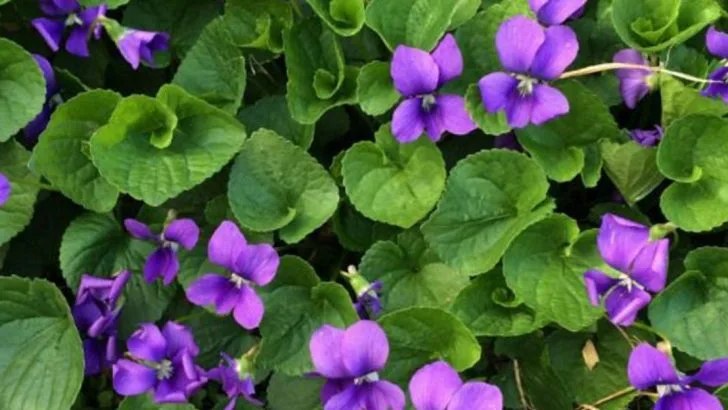Your backyard may be hiding a bounty of edible plants—you just need to know where to look. Many common “weeds” and wild plants are not only safe to eat but also packed with nutrients and flavor. Foraging at home is a great way to reconnect with nature and expand your culinary options.
From tangy sorrel to vitamin-rich dandelion greens, these wild edibles can be used in salads, teas, and cooked dishes. Best of all, they require no planting or maintenance—just a keen eye and a little knowledge.
In this article, learn about 11 wild edible plants you can forage in your backyard—and how to safely identify and enjoy them.
Dandelion
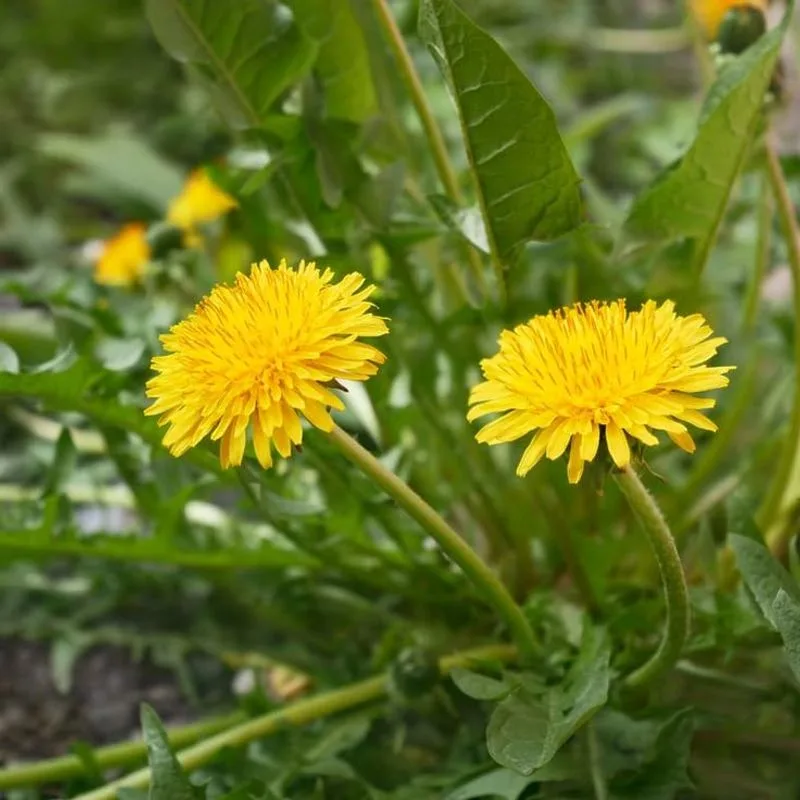
Often dismissed as a weed, the dandelion is a wild edible with surprising versatility. Its young leaves add a peppery kick to salads, while the flowers can be transformed into a delightful homemade wine. Rich in vitamins A, C, and K, dandelions have been used in traditional medicine for centuries. They are resilient, thriving in various soil conditions. Did you know that dandelion roots were roasted as a coffee substitute during World War II? This humble plant offers an unexpected culinary adventure right in your backyard.
Wild Violet

With their charming purple flowers, wild violets aren’t just a pretty sight. These edible plants bring a subtle sweetness to salads and desserts. The leaves, high in vitamins A and C, offer a nutritious boost. In folklore, violets symbolize modesty and innocence, often used in love potions. Their delicate nature belies a sturdy constitution, thriving in shady spots. As you wander through your garden, these little gems might just become your new favorite ingredient, adding color and flavor to your meals.
Wood Sorrel
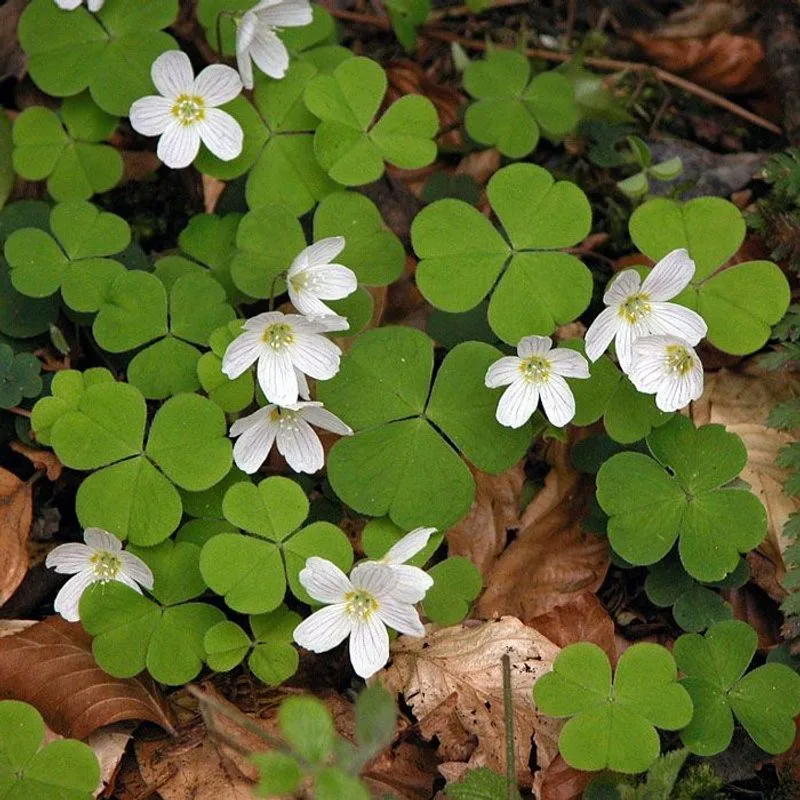
Renowned for its tangy, lemon-like flavor, wood sorrel is a refreshing addition to your backyard foraging. The clover-shaped leaves are packed with vitamin C, making them a nutritious garnish. Historically, wood sorrel was used to quench thirst on long journeys. It pairs wonderfully with fish dishes or can be brewed into a tart tea. Despite its delicate appearance, it’s a hardy plant that thrives in various conditions. Consider adding this zesty delight to your culinary repertoire for a unique taste experience.
Purslane

Don’t overlook purslane’s succulent leaves when foraging in your backyard. This low-growing plant offers a mild, slightly tart flavor reminiscent of citrus. Loaded with omega-3 fatty acids, it’s a nutritional powerhouse that contributes to heart health. Purslane’s resilience makes it a common garden volunteer, popping up unbidden yet welcomed by those in the know. Consider tossing it into salads or stir-fries for a delightful crunch. Its vibrant green leaves are not only edible but a standout in any dish.
Lamb’s Quarters
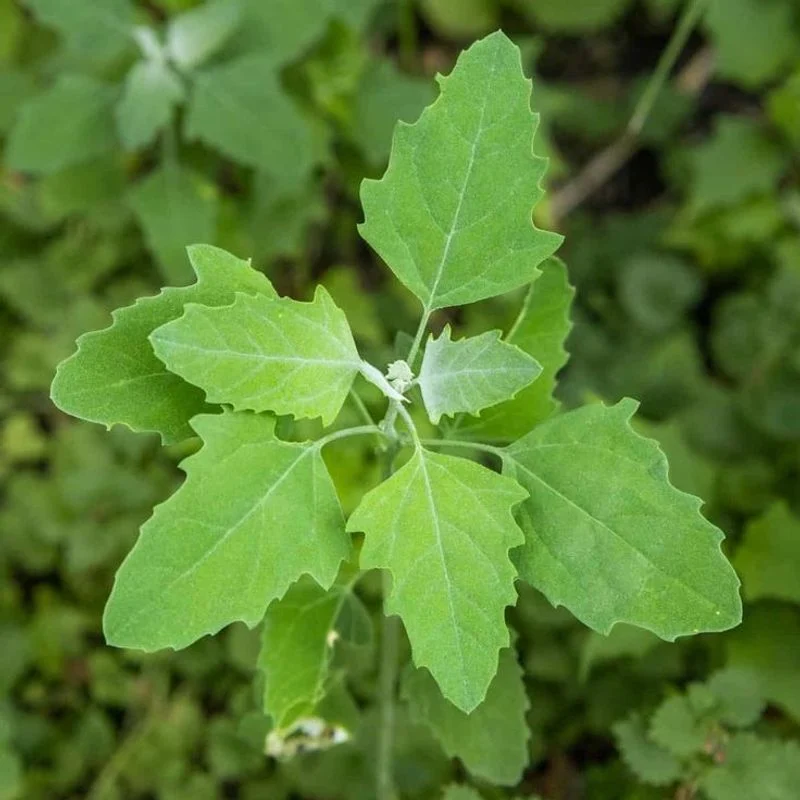
Imagine spinach with a wild side—that’s lamb’s quarters for you. This plant boasts leaves richer in calcium, protein, and vitamins than many cultivated greens. It’s a staple in many traditional cuisines worldwide. The plant’s dusty appearance hints at its nutrient-dense nature. Often found in disturbed soils, it’s an opportunistic grower, making it a forager’s delight. Lamb’s quarters are versatile, delicious steamed or sautéed, adding a nutritious punch to your meals. Discover its robust flavor as you explore new culinary possibilities.
Chickweed
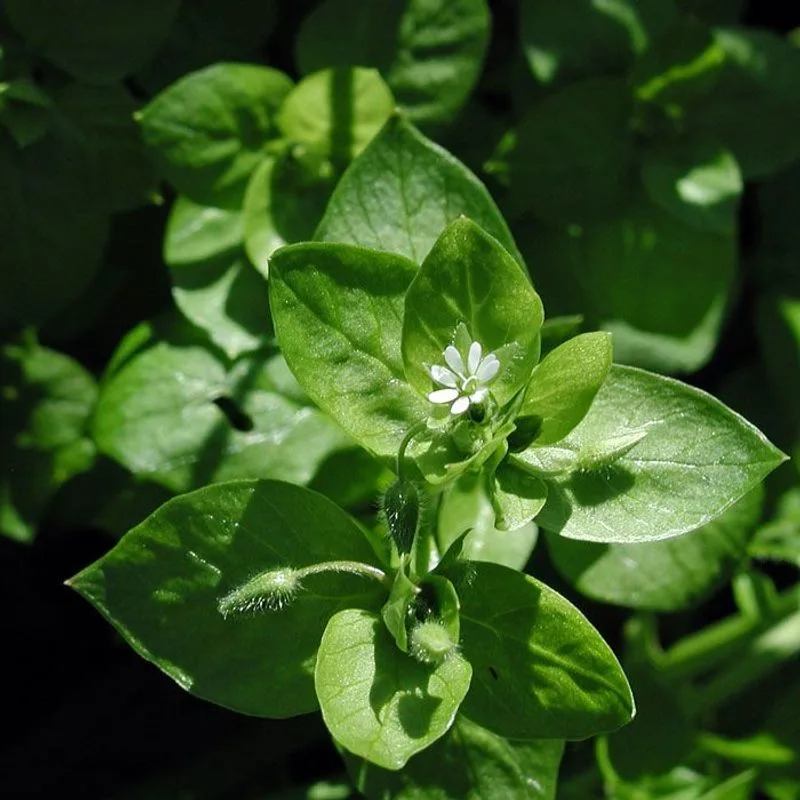
Chickweed, with its mild flavor and delicate texture, is a hidden gem in the foraging world. Its tiny, starry flowers and lush green leaves make it a pretty addition to any dish. High in vitamins and minerals, chickweed supports good health effortlessly. Historically, it was used in soothing skin ointments. As you explore your backyard, keep an eye out for this underappreciated plant. Whether sprinkled on a salad or blended into a smoothie, chickweed brings both beauty and benefits to your table.
Nettles
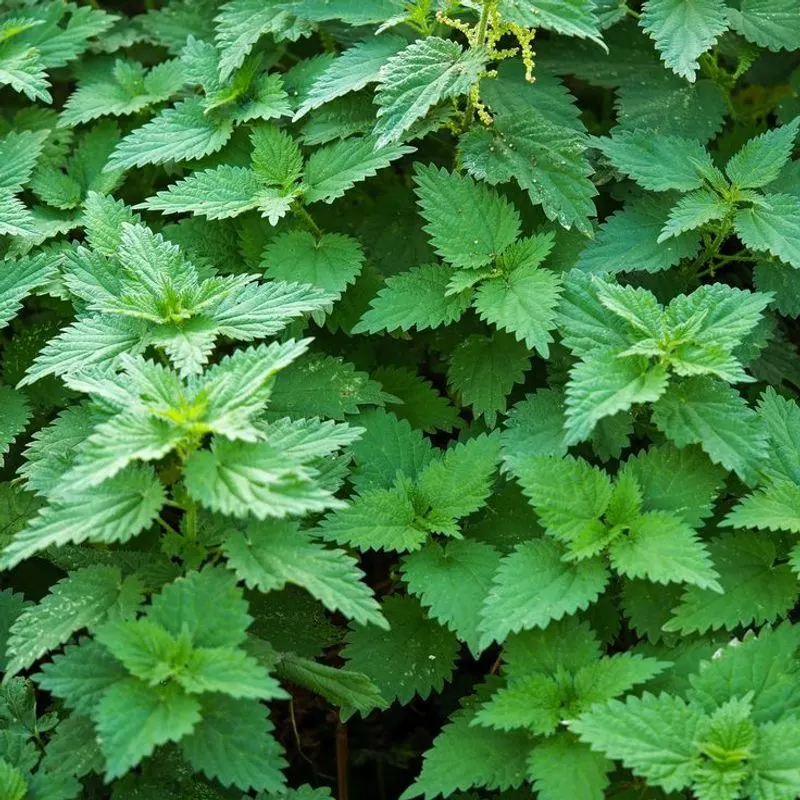
Nettles might sting, but they’re worth the risk for their rich flavor and high nutritional content. Once cooked, the stinging effect disappears, leaving a taste similar to spinach. Nettles are packed with iron, calcium, and magnesium. Throughout history, they have been used in herbal remedies and as a source of fiber for clothing. When foraging, use gloves to harvest nettles safely. They can be used in soups, teas, or pestos, transforming a prickly plant into a culinary treasure.
Plantain

Not to be confused with the tropical fruit, plantain is a common backyard broadleaf weed with edible potential. Its leaves, when young, can be sautéed or eaten raw, offering a slightly bitter taste. Known for its soothing properties, plantain has been used traditionally to treat insect bites and minor wounds. The plant grows prolifically in various environments, making it a readily available resource for foragers. Incorporate its leaves into your meals for a nutritious touch.
Clover
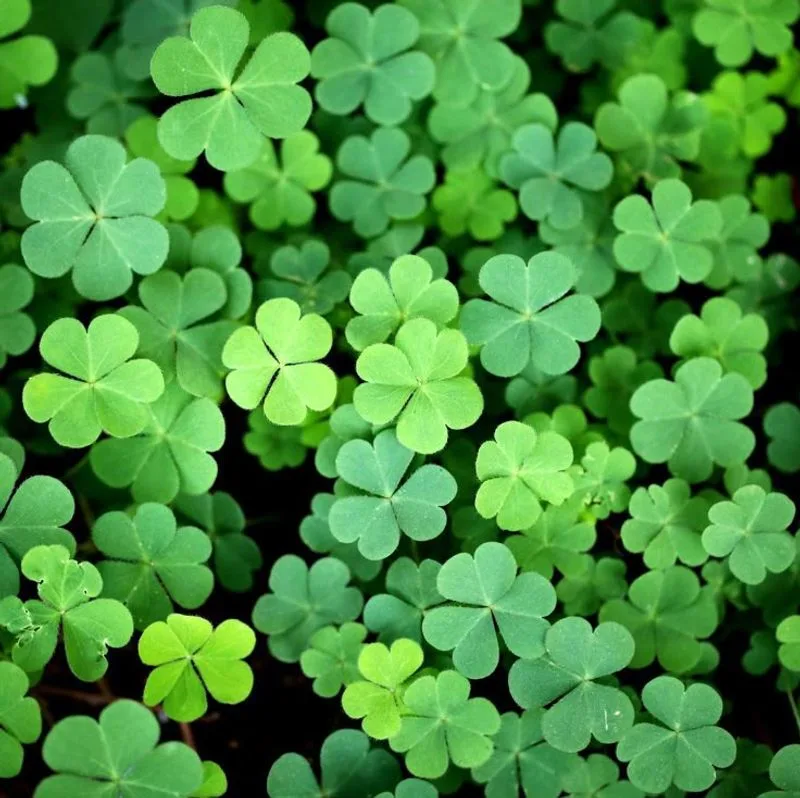
Clover, with its trifoliate leaves and charming flowers, offers more than just good luck. The flowers can be dried for tea, while the leaves add a subtle sweetness to dishes. Rich in protein and vitamins, clover has been used in traditional medicine. Its ability to thrive in poor soil conditions makes it a resilient backyard resident. As you search for that elusive four-leaf clover, consider the culinary possibilities that this plant presents, enhancing both flavor and nutrition.
Garlic Mustard
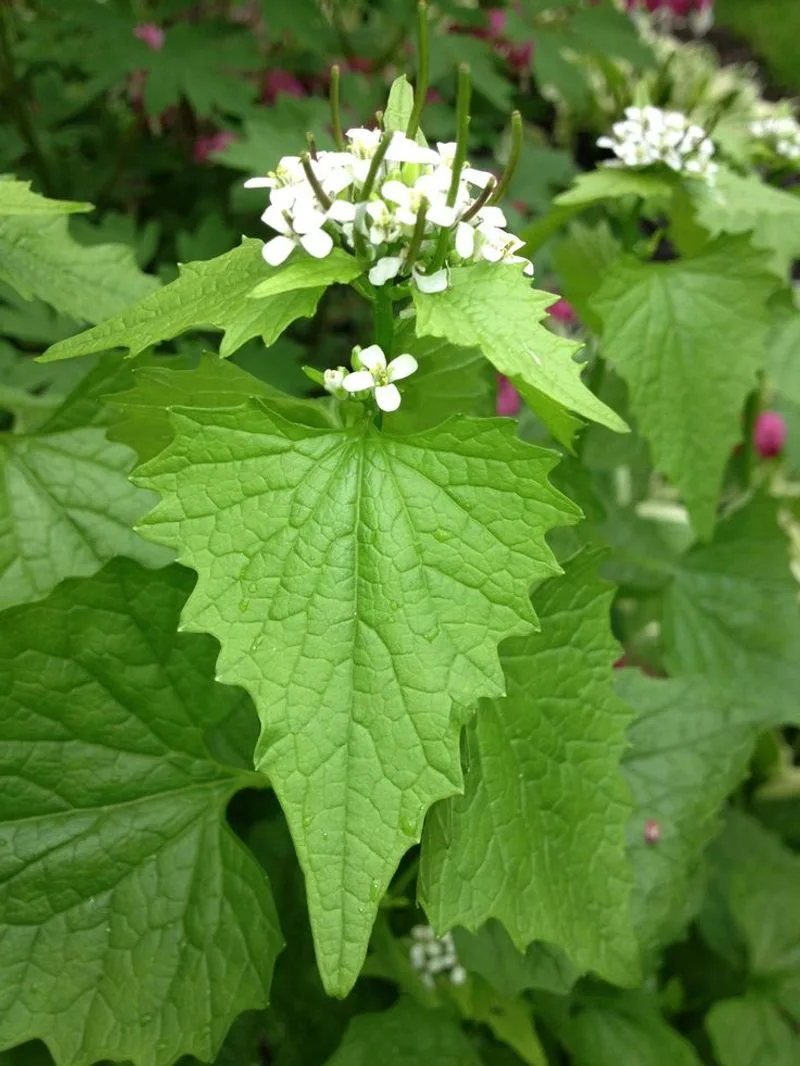
Garlic mustard might be an invasive species, but its culinary uses are well worth exploring. The leaves bring a garlicky zest to pestos and salads. Besides its intriguing flavor, it’s high in vitamins A and C. Historically, garlic mustard was valued in Europe as a medicinal herb. As you wander through your yard, this plant offers an opportunity to turn an invader into a flavorful ally. Embrace its potential in your kitchen as you experiment with new recipes.
Dame’s Rocket

With its striking purple flowers, Dame’s Rocket is often mistaken for phlox, but it offers a delightful culinary surprise. Its young, tender leaves add a peppery bite to salads, similar to arugula. This plant, once introduced as an ornamental, now thrives in many gardens. Beyond its visual appeal, it brings both flavor and a touch of elegance to your dishes. Dame’s Rocket is a testament to the unexpected treasures that can be found just where you least expect them.

